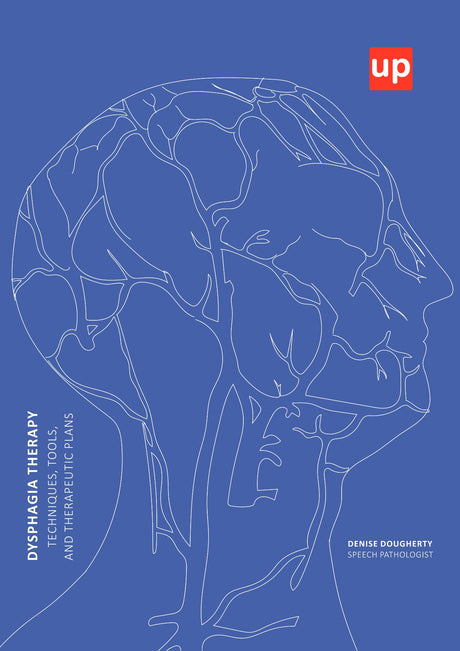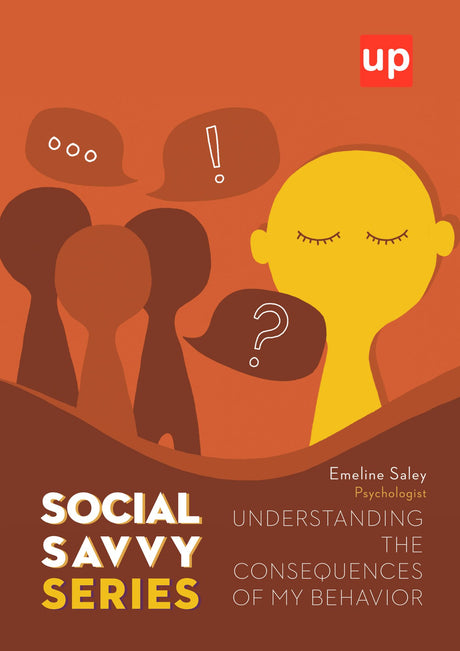Neuromuscular electrical stimulation (NMES) is a popular tool for targeting some types of pharyngeal dysfunction in adults with dysphagia, but we still don’t know much about how effective or appropriate NMES is for pediatric patients.
Why we don’t know is really a combination of factors, including difficulty assessing discomfort in pre- or minimally-verbal children, neuromuscular differences in early childhood, and there’s just generally more red tape when it comes to researching the use of medical devices with children. Additionally, NMES is meant to be used actively, not passively (often as a resistive device while patients are swallowing or completing exercises that target their specific physiological deficits). This can make it trickier to implement effectively with children who are very young or have language and cognitive deficits.
In this study, authors looked at changes in intake and aspiration status in children who received 20–26 sessions of their usual feeding therapy along with NMES. These children (mean age of 2.7 years) had a wide variety of diagnoses, including seizure disorders, extreme prematurity, and encephalopathy. Since this was a retrospective chart review, we only know that the patients were “actively participating in oral motor and feeding interventions” with an SLP while receiving NMES.
Still, study outcomes were promising:
- The patients’ Functional Oral Intake Scale (FOIS) scores improved significantly after NMES. (FOIS notes to what extent individuals are orally fed and how significant their diet restrictions are.)
- Penetration/aspiration status improved in 83.3% of the patients who had pre- and postNMES instrumental swallow studies, with many participants’ aspiration resolving completely.
- No negative side effects such as skin breakdown, seizure activity, or laryngospasms were reported as a result of NMES.
It’s worth noting that this study didn’t measure changes in swallowing physiology, include a control group, or endorse a specific therapy approach to use in conjunction with NMES. This article is a fairly quick read if you are interested in knowing more about what they did measure, as well as the limitations of this study and of our NMES knowledge base more generally.
But given the improvements in diet restrictions and airway compromise that these children demonstrated, NMES added to other feeding therapy approaches shows promise.
Andreoli, S., Wilson, B., & Swanson, C. (2019). Neuromuscular electrical stimulation improves feeding and aspiration status in medically complex children undergoing feeding therapy. International Journal of Pediatric Otorhinolaryngology. Doi: 10.1016/j.ijporl.2019.10964
Discover more books on Upbility.net
More on Autism / Asperger Material
Suggested articles for parents:
- 10 Ways to Teach Your Child the Skills to Prevent Sexual Abuse
- Reducing Sensory Sensitivities
- Building Social Skills in Young Children!
- Inner Child Trauma
More Articles on Upbility.net
Mental Health Therapists Material
Special Needs Teachers
Autism/Asperger’s Syndrome
Free Poster Download "Stop Telling Children To Be Careful"
Suggested e Books on child Psychology
Social Skills e book:
- Developing Social Skills through Short Stories
- SEMANTIC TOOLKIT | Mastering Essential Vocabulary
- Semantic correlations
- Building Social Skills | 4 eBooks PACK
- LIFE SKILLS for children with Autism Spectrum Disorder (ASD)









